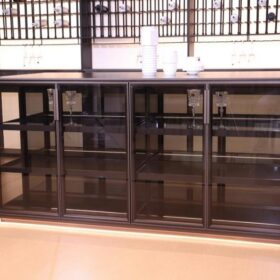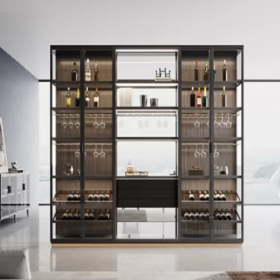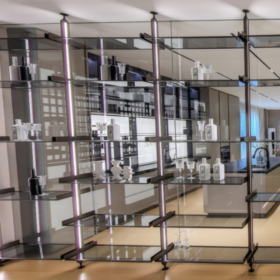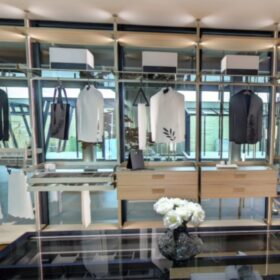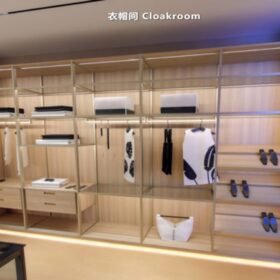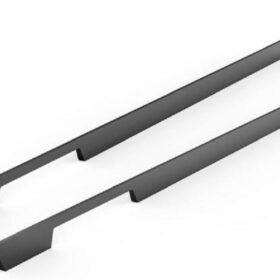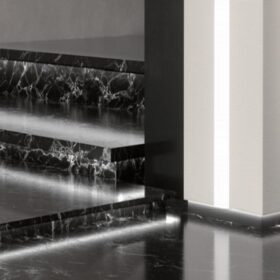How to Choose the Right Aluminium Edge Profile for Your Project
Selecting the right aluminium edge profile is crucial for enhancing the aesthetics, functionality, and durability of various projects, including countertops, flooring, furniture, and signage. With a wide range of options available, choosing the ideal profile can be daunting, but by considering several key factors, you can make an informed decision that meets your specific requirements.
Material Thickness and Strength
The thickness of the aluminium edge profile should align with the material it will be applied to. Thicker aluminium profiles offer greater rigidity and durability, making them suitable for heavy-duty applications, such as countertops and flooring. Conversely, thinner profiles are more flexible and can be used for curved edges or delicate surfaces.
Profile Shape and Finish
The shape of the aluminium edge profile affects its aesthetic appeal. Common profiles include square, rounded, beveled, and bullnose, each with its own unique look and application. The finish, such as brushed, anodized, or powder-coated, further enhances the visual impact and protects the metal from corrosion and wear.
Application and Installation
Consider the specific application of the aluminium edge profile. For countertops, profiles with a lip or drip edge can prevent water from seeping underneath. For flooring, profiles designed to protect edges from wear and tear are ideal. Ensure that the profile is compatible with the installation method, whether it’s adhesive, mechanical, or a combination of both.
Colour and Texture
The colour and texture of the aluminium edge profile should complement the overall design scheme. From classic silver to bold black or textured finishes like woodgrain, there are countless options to choose from. Matching the profile to the material or surrounding elements creates a cohesive and polished look.
Quality and Warranty
Invest in high-quality aluminium edge profiles from reputable manufacturers. Durable profiles made from corrosion-resistant materials ensure long-lasting performance. Look for products that come with a comprehensive warranty, as this guarantees a level of protection and peace of mind.
Additional Considerations
Other factors to consider when selecting an aluminium edge profile include:
Height: This determines the amount of coverage the profile provides.
Leg Length: This refers to the depth of the profile that overlaps the material.
Compatibility: Ensure the profile is compatible with the substrate material and any other components.
Accessories: Check if the manufacturer offers matching accessories, such as end caps and corner connectors.
By carefully considering these factors, you can choose the right aluminium edge profile that aligns with your project’s aesthetic, functional, and durability requirements. The perfect profile will not only enhance the visual appeal but also protect and extend the lifespan of your surfaces.
-
2024-11-29Top Trends in Modern Kitchen Cabinet Pulls for 2024
-
2024-11-28The Ultimate Guide to Modern Kitchen Cabinet Pulls- Materials, Styles, and Tips
-
2024-11-27Elevate Your Kitchen Design with These Must-Have Modern Cabinet Pulls
-
2024-11-26Sleek and Stylish- The Best Modern Kitchen Cabinet Pulls for a Contemporary Look


